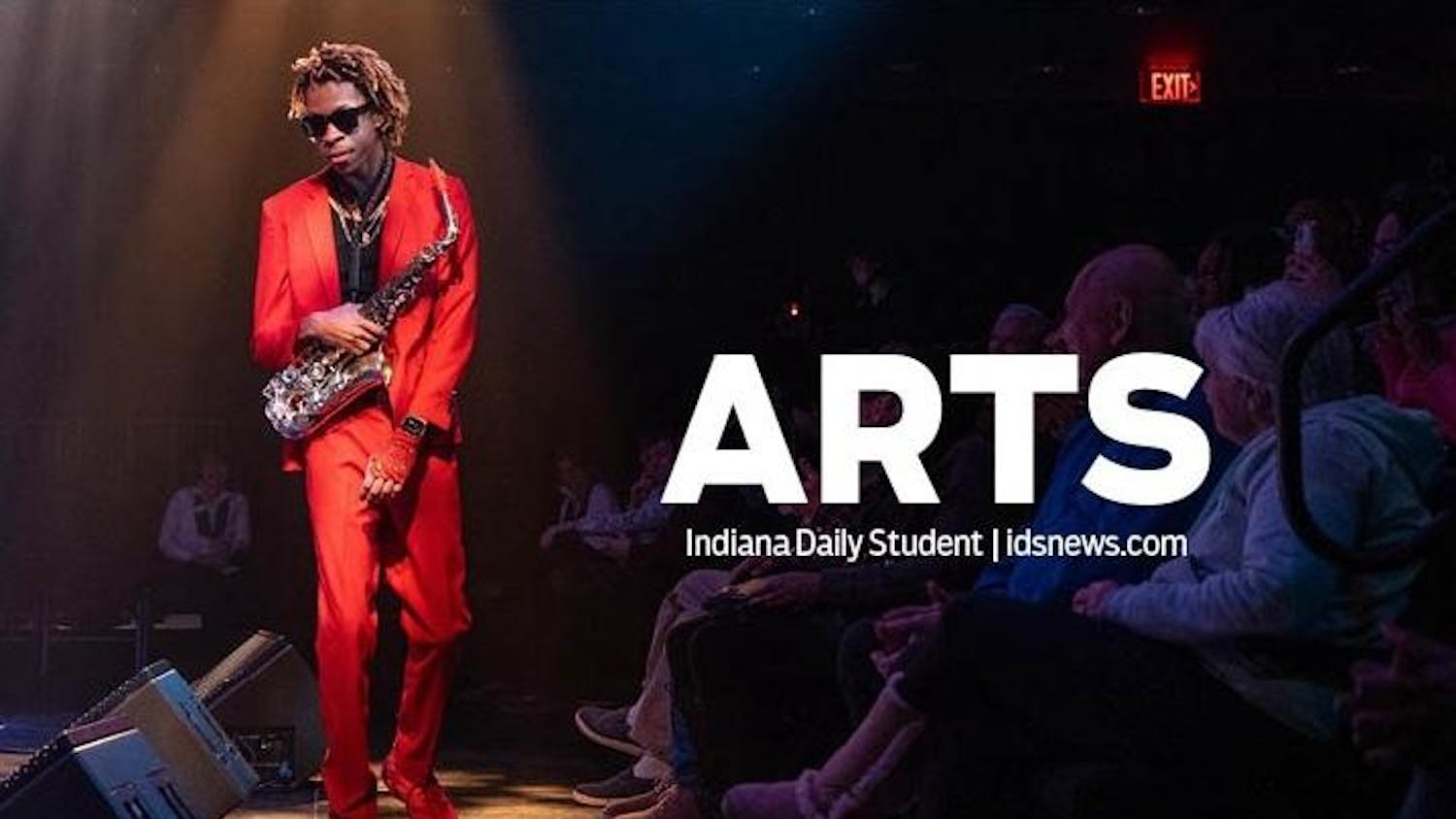WFHB, Bloomington's community radio station, is celebrating the one year anniversary of "BloomingOUT," Indiana's first and only locally produced Gay, Lesbian, Bisexual and Transgender-themed radio program Oct. 7. The hour-long program airs 6 p.m. Thursdays on 91.3 and 98.1 FM.\nWhen executive producer and "BloomingOUT" creator Chad Carrothers joined the WFHB staff as news director, most of its shows were music-based and very little news was covered. Carrothers formed committees to come up with show ideas targeting local diversity and public affairs. Carrothers utilized the demographics of listeners to determine what sections of Bloomington's community were being ignored. He discovered the GLBT community had possessed no voice since The Bloomington Beacon, a gay-themed newspaper, folded a number of years before. Carrothers said the idea of a GLBT radio show was warmly received by the board and the community.\n"We wanted the show to be not just for the GLBT (community), but for Bloomington at large. Our goal is to promote communication between the gay and straight," Carrothers said.\n"BloomingOUT" is loosely modeled after "Outright Radio," an award-winning syndicated GLBT-themed radio show out of San Francisco. WFHB airs "Outright Radio" at noon on Fridays.\nMark Brostoff, associate director of undergraduate career services at the Kelley School of Business, was on the board that founded the show and is now one of the hosts. \n"This show is important because it shows that Bloomington is a gay-friendly community," Brostoff said. "It also provides a window of perspective that they might not otherwise have."\nDuring an informational meeting, Helen Harrell, account manager for the African Studies Program, was recruited as the show's other host.\n"I see our two goals as being to provide the community a service and information, also to represent all aspects of the Bloomington Community. I think this show really achieves both of those," Harrell said. \nWhen the show first aired, producers expected some negative backlash, but most of the responses were positive.\n"We did get some calls that were a little negative, but they were mostly people who offered to pray for us," Carrothers said. "A week after going on the air, I got a call from a bishop in Chicago, and I was expecting to get chewed out. But it was not like that at all. In fact he told me what a great idea this show was."\nHarrell said a show like "BloomingOUT" helps provide support to individuals in the GLBT community. She said that even in a gay-friendly place like Bloomington, there is a cost to being "out." Many people still live in oppressive situations and must remain in the closet.\n"We want people to know that they are not alone," Harrell said. "So we cover topics about the gay community that is not in mainstream news."\nCarol Fischer, a producer of the show and the assistant coordinator of IU's GLBT Student Support Services, said she hopes the show reaches beyond the gay community as well.\n"We want to reach out to and educate the straight community. I want to let them know that we are normal people, too," Fischer said.\n"BloomingOUT" features specific segments focusing on entertainment, local groups, profiles, headlines and activism.\nBrostoff said the show offers a local spin on national events affecting the GLBT community and that a major goal of the show is to localize national GLBT issues.\n"We try to show to the audience what these big topics mean, how it affects them," Brostoff said.\nIn the future, producers of the show said they hope to explore the issues of domestic violence and addiction, which can result from the oppression members of the GLBT community feel.\nThe biggest challenge nonprofit "BloomingOUT" and WFHB face in the future is the need for volunteers, including board engineers, public relations coordinators, reporters and music reviewers.\n"It takes about one hour of work for each minute we are on the air," Carrothers said. "So that means for our weekly show, various people have put in about 58 hours."\n-- Contact staff writer Maurina Paradise at paradise@indiana.edu.
'BloomingOUT' celebrates one year of promoting diversity
Local GLBT-themed radio show continues to explore issues
Get stories like this in your inbox
Subscribe





